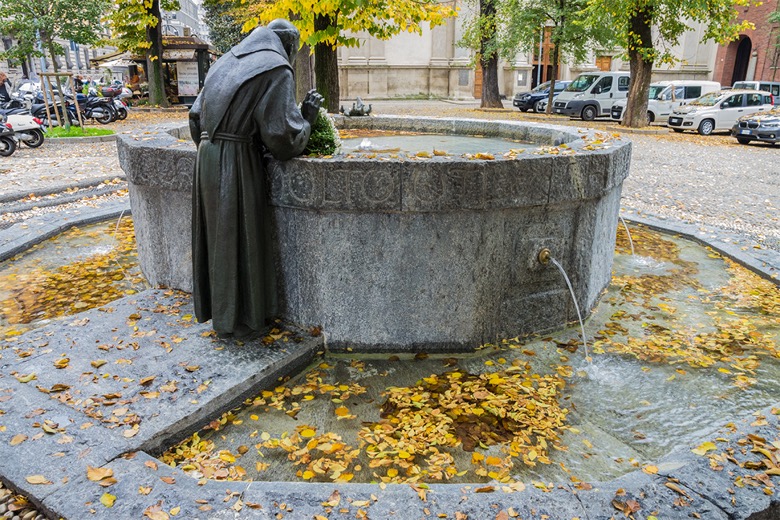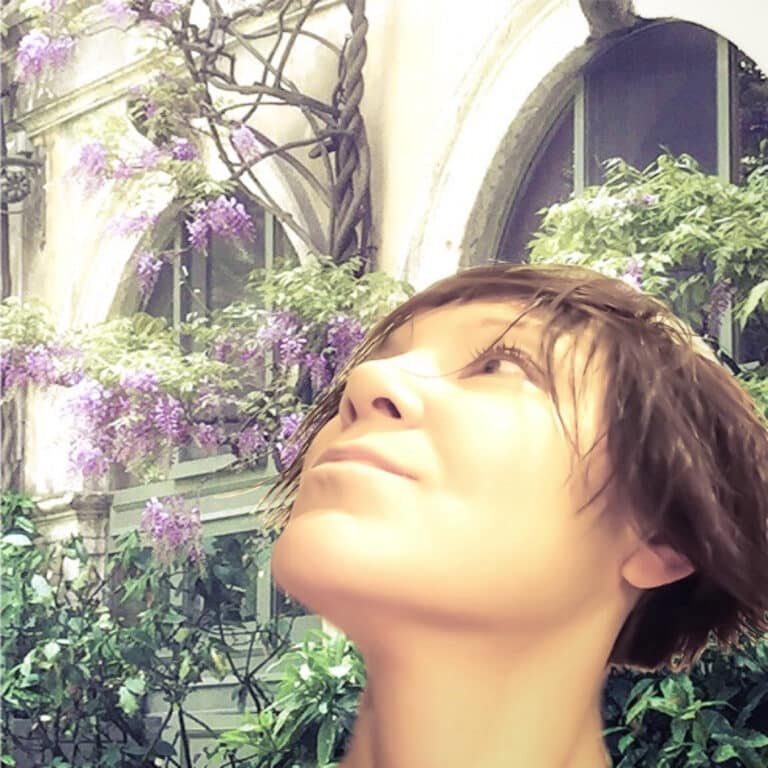Sulfur Water Fountains Milan
A Glimpse into the Past

Matteo from Milan
Once regarded as a health tonic, Milan’s sulfurous water has a rich history. While these fountains were once common across the city, today, only three remain, identifiable by their octagonal bases. The best-known one stands beside the Sant'Angelo Church, where two bronze sculptures by Giannino Castiglioni—depicting St. Francis preaching to birds—adorn the fountain. The Latin phrases “Laudato si mi Signore per sora aqua” and “pax et bonum” are inscribed, reflecting St. Francis’ reverence for water as a pure and humble gift.
The two other sulfur fountains can be found in Viale Piceno and within Parco Sempione. Interestingly, while the Sant’Angelo fountain remains operational, the others are not suitable for drinking due to natural contaminants. The fountain in Parco Sempione, locally known as Fontana dell'Acqua Marcia, emits a faint sulfuric smell due to its mineral content. This "spoiled" water is pure but classified as non-potable due to its high manganese levels, which gave it a distinctive aroma and therapeutic reputation in the past.
These fountains, both historic and functional, are reminders of Milan’s longstanding connection with mineral water—a quirky and often overlooked aspect of the city’s past.
Milan Spotter Matteo
About this spot
Piazza Sant'Angelo
- 24 hours daily
€
free
Our Milan City Guide
Find your way with 195 Insider Tips from our Local Spotters
Loved it? Join us!
Loved this Spot?Join your international community. Share your favs and become part of our international community!
Nice place right!? There’s so much more to discover:
Discover all other hidden gems in Milan


Frizzi & Lazzi
Your favorite beer garden ever
"Frizzi & Lazzi" is one of my old-time favorite beer gardens in Milan. It's an unassuming, easy-going place that has become a point of reference since '82.
by
Susanna
Baggio


Ofelé
My go-to place for Sunday brunch
"Ofelé" in Milan is a bistrot bakery that makes some of the best (Sunday) brunches around. It's simply one of my favorite pancake spots in town...
by
Carmen
Condeescu
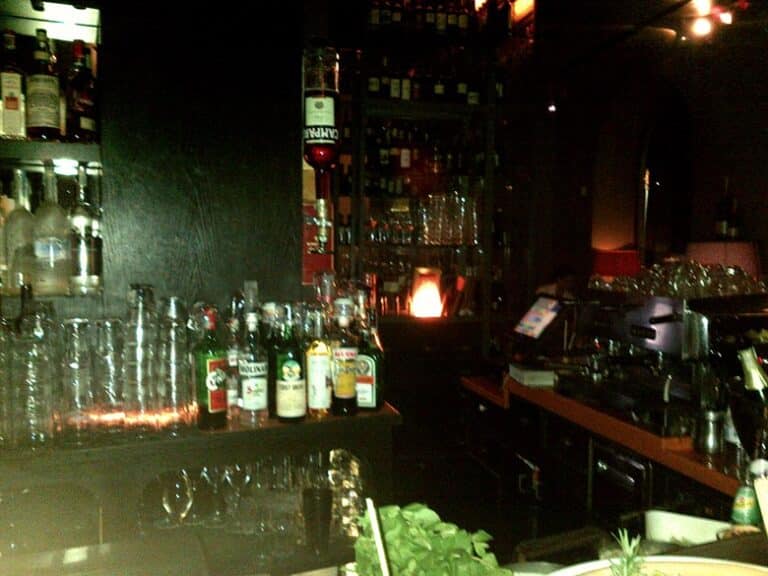

Living Liqueurs & Delights
Fashion and aperitivo
"Living Liqueurs & Delights": one of my favorite aperitivo spots in Milan and its first real vodka bar. It has a beautiful bar ambiance & a nice lounge...
by
Ivan
Kalinov
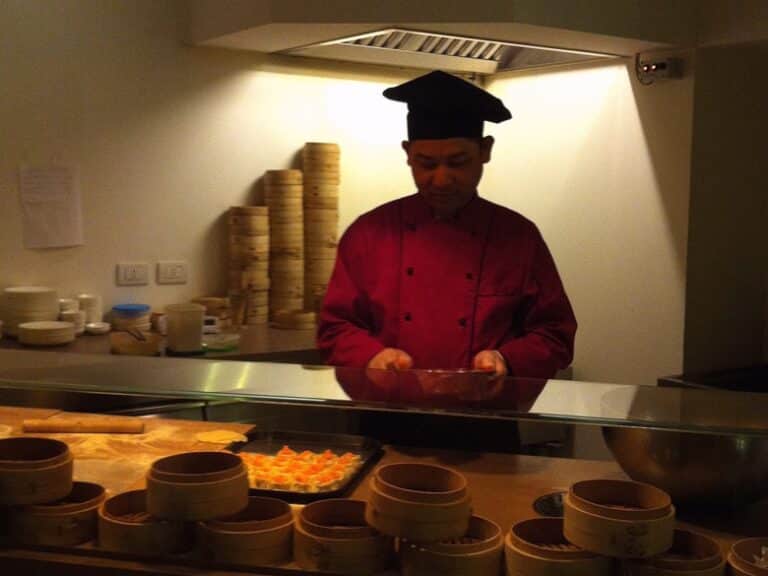

DOU
Dim Sum paradise
"DOU" was the first (Asian) restauarant I bumped into in Milan, and it remains one of my favorites in the city. What I like is the selection of cuisines...
by
Ivan
Kalinov
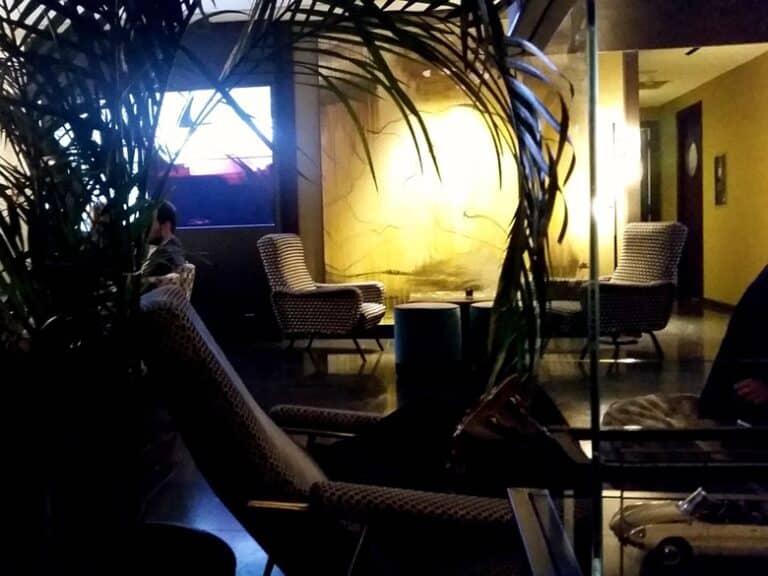

Terrazza 12 Bar
Back to the '50s
"Terrazza 12 Bar" is reminiscent of Tokyo, in that sometimes you have to look up to find the gems. So in Milan - it's on the top floor of Bryan & Barry...
by
Ivan
Kalinov
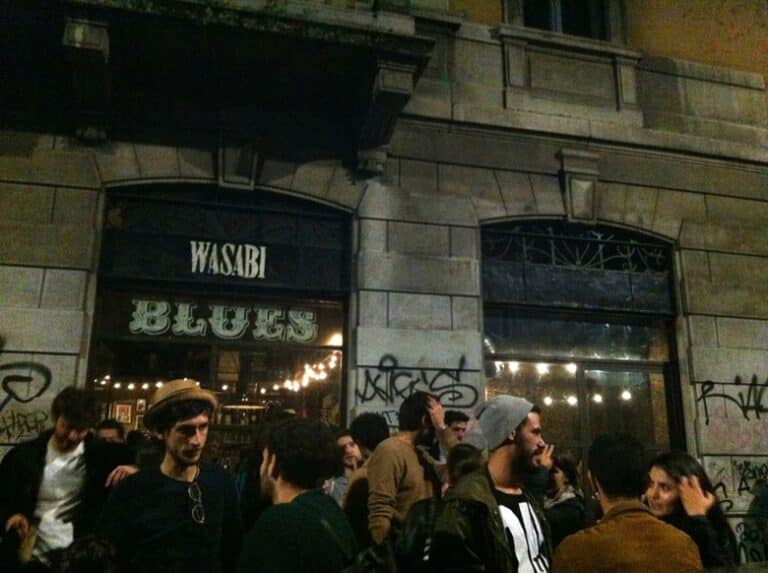

Wasabi Bar
Williamsburg in Milan
"Wasabi Bar" is one of the greatest bars in Milan. Why? Because it's great! It's actually tiny, but don't be misled: the drink selection & design are...
by
Ivan
Kalinov
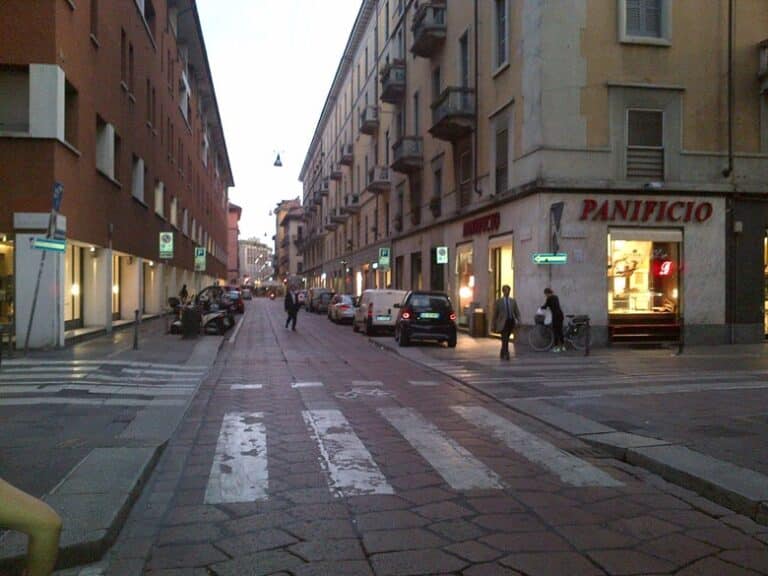

Via Solferino
Independent shopping
"Via Solferino" is a central Milan street, yet far away from the crowds. I go there to just look around the shop and I'm sure I can always find I...
by
Ivan
Kalinov
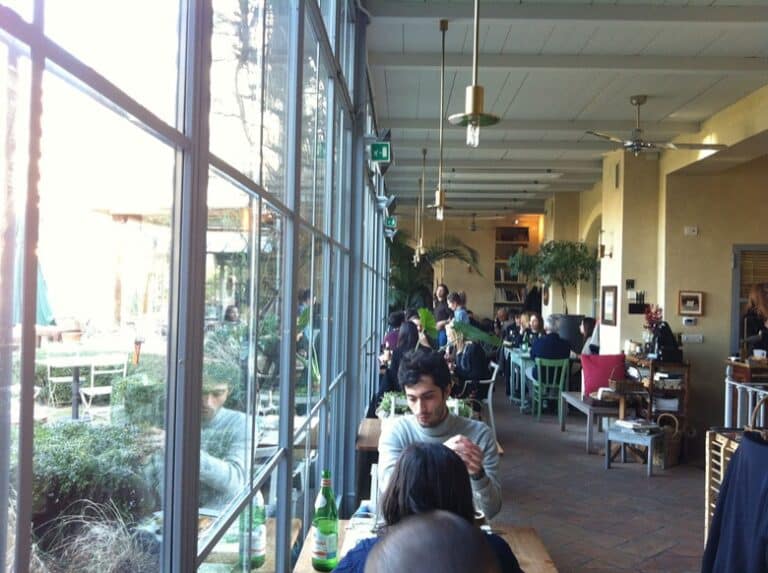

Al Fresco
A meeting place with food and dining
"Al Fresco" is my Milan cafe/restaurant I'd never visited because it was just next door to my place! Let me tell you, that was a mistake, if only for...
by
Ivan
Kalinov


Scalo Farini
Great aperitivo
"Scalo Farini" in Milan is a bar recommended to me by an Isola local as the best aperitivo in town. I can say that I haven't tried any better than this.
by
Ivan
Kalinov
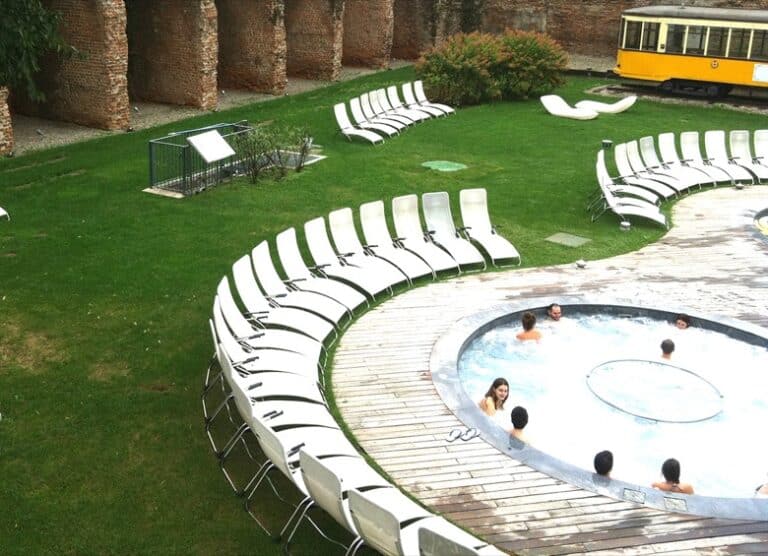

QC Terme Milano
Total relax in the city
"QC Terme Milano" is the place for you if you're just a bit tired. Honestly, I wouldn't have expected to find a spa like this in the city...
by
Ivan
Kalinov
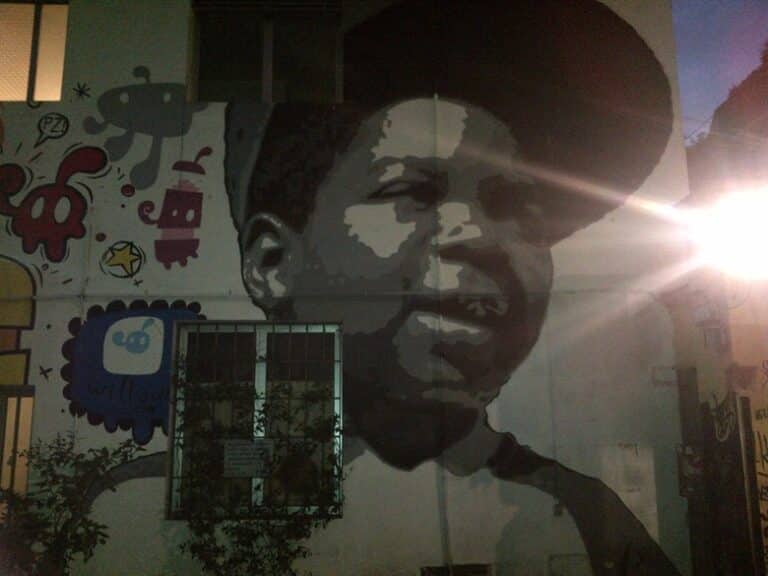

Frida
Chilling in alternative & hip Isola
"Frida" Milan is one of the places that for me defines the spirit of Isola. It's a great bar with affordable drinks, a great terrace and cool people...
by
Ivan
Kalinov
Heading to Milan?
195 Insider Tips from our local Spotters
Authentic Stories by Real People
Escape the Crowd & Travel Slow 🐌
... for just €9.99



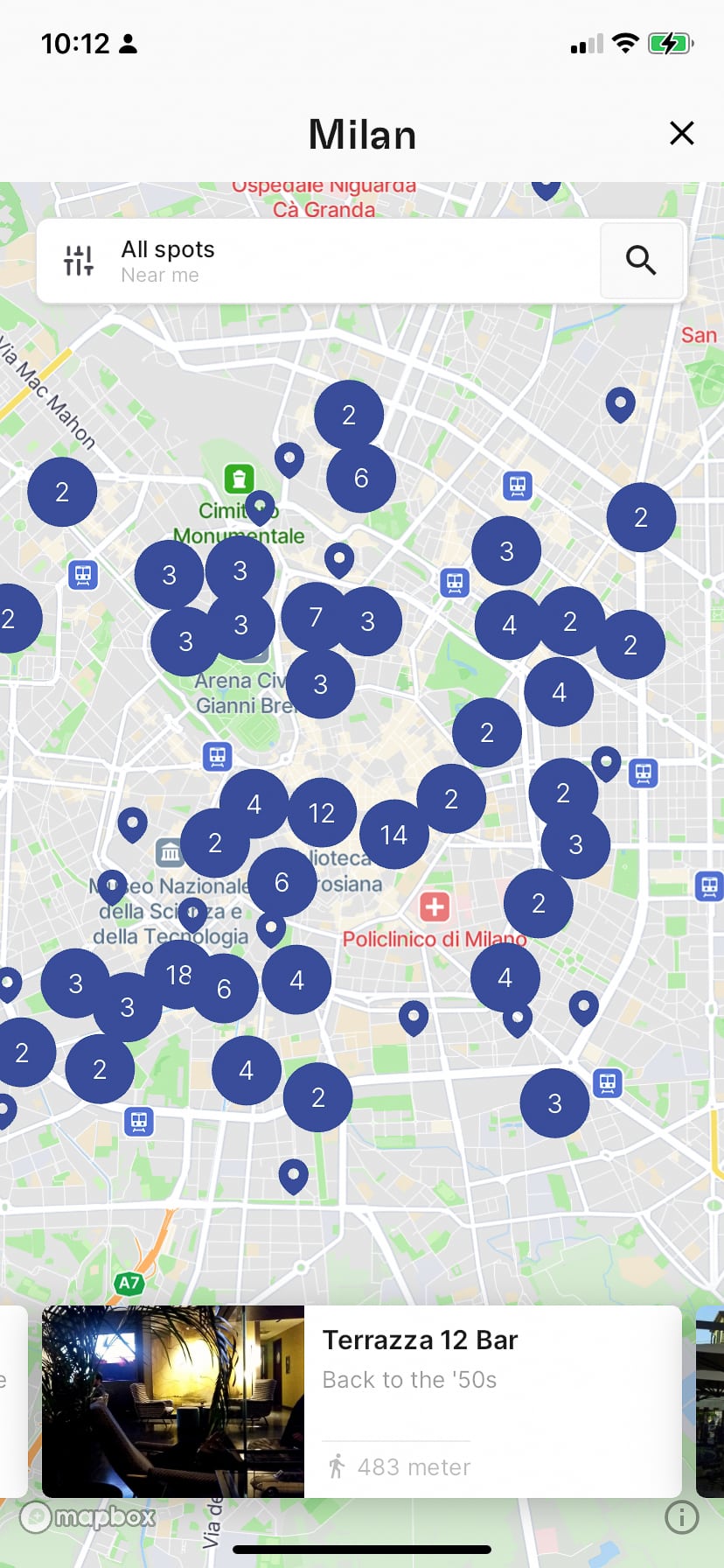


Heading to Milan?
✓ 0 Insider Tips from our local Spotters
✓ 195 Insider Tips
✓ Escape the Crowds
✓ Find Spots nearby
✓ Authentic Stories
... for just €9.99
City guides by those who know the city in and out!
Our Locals' Favorite Art & culture
Our team loves Milan
Get to know our other Spotters from Milan
As featured on:





